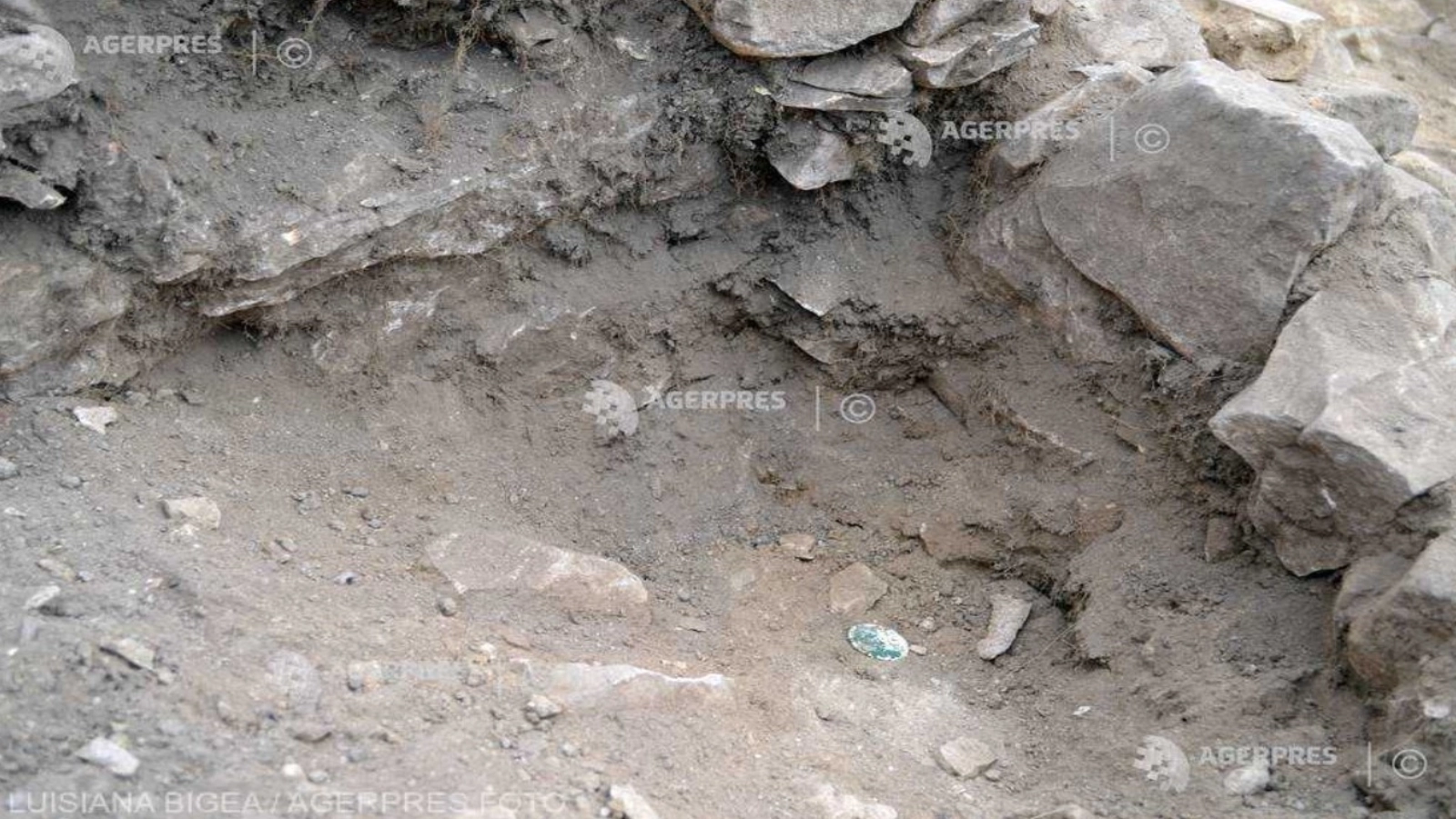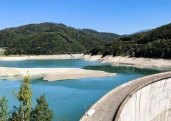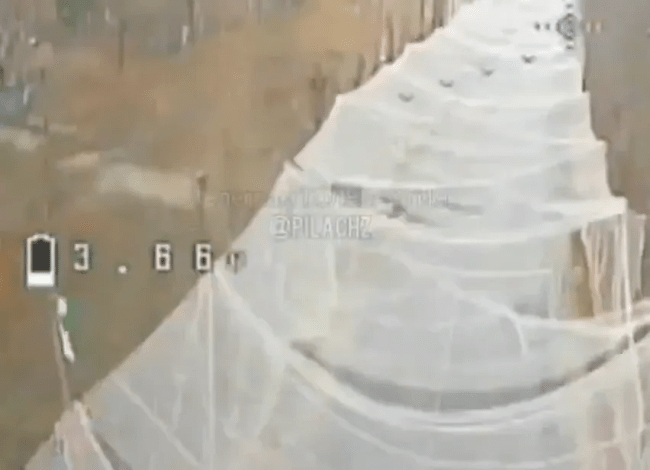A more than 3,000-year-old human skeleton was discovered following recent archaeological excavations carried out in the area of the Draguseni commune - north-eastern Botosani County, head of the Botosani County Museum's Archaeology Section Adela Kovacs told AGERPRES.
According to Kovacs, the skeleton dates from the early Bronze Age, belonging to the Yamnaya semi-nomadic culture, and was found during the exploration of a large burial mound (tumulus) in Draguseni.
Research activities started in 2018 and revealed the traces of two tumuli, two large funerary structures, which had become quite flattened due to agriculture. This is the only skeleton found so far, Adela Kovacs said.
The Draguseni excavations were carried out by a team of archaeologists from the Botosani County Museum in partnership with archaeologists and anthropologists from the Institute of Archeology in Iasi, and with archaeologists from the University of Opava and the Czech Republic's Silesian Museum.
According to archeology experts, the skeleton "provides highly valuable information about the funeral practices of that period".
"The skeleton preserves traces of red ocher, a substance that was sprinkled on the body's head and feet to emphasize a rite related to rebirth, to blood, to the other world. The body was in a crouched position. Initially, it had been placed on its back, knees bent to the chest in a fetal position which symbolizes the return to the Earth for a future birth," added the head of the Botosani County Museum's Archeology Section.
"The Draguseni area, in particular, was preferred by certain prehistoric communities as a burial site for what supposedly were their leaders, because these tumuli are elements of funerary prestige. The fact that a community dug pits, built these tombs and covered them with these artificial hillocks probably also signaled to other populations that a top leader or important members of the community were lying there," Kovacs added.AGERPRES
































Comentează